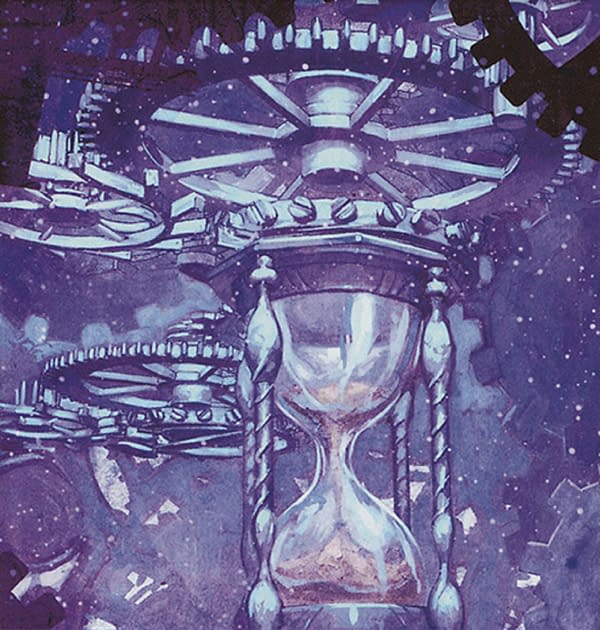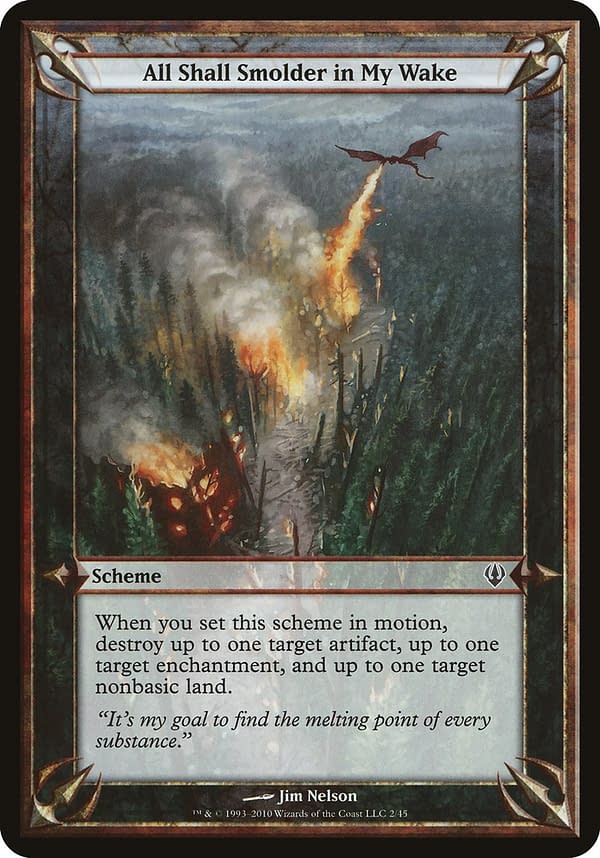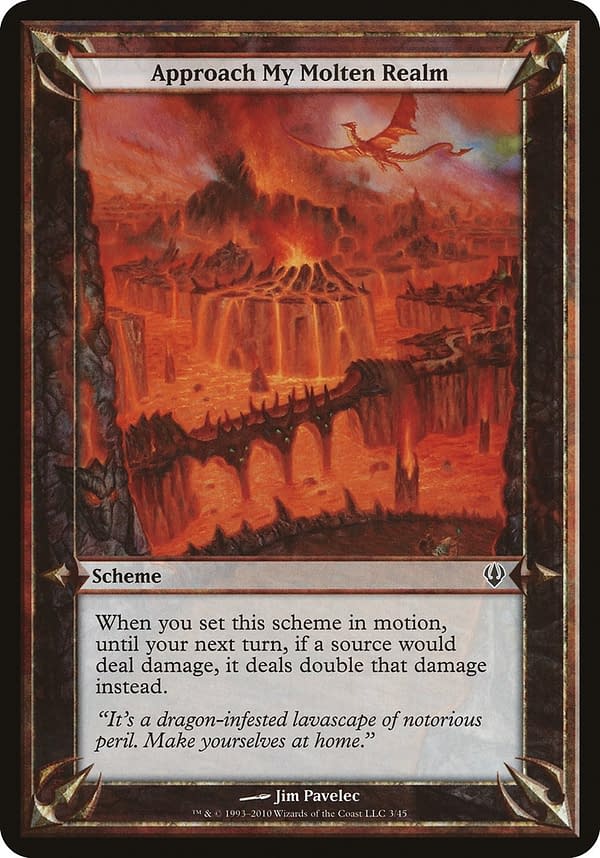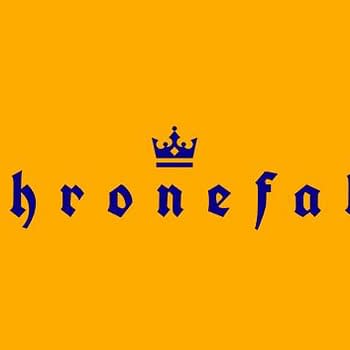Posted in: Card Games, Games, Magic: The Gathering, Tabletop, Wizards of the Coast | Tagged: Archenemy, magic, Magic: The Gathering, MTG, Scheme, TCG, wizards of the coast, WotC
Magic: The Gathering: Archenemy, Pt.1: A Villainous Beginning
Hello and welcome, players, collectors, and other fans of Magic: The Gathering, Wizards of the Coast's premier collectible trading card game! For the last eight consecutive Sundays, we have given you content revolving around Vanguard, Magic's oldest supplemental release that used oversized cards to function distinctly. Today, we are going to talk about Archenemy, the latest of the game's formats to utilize functionally-relevant oversized cards. If you're interested in learning more about some of the cards of this format of supervillains, you're in for a treat. Are you ready to get a little evil? Let's roll!

What is Archenemy? Archenemy as a format is a style of gameplay where one player faces off against (generally) three other players. The archenemy begins the game with double the life total as the other players, who work as a team. The archenemy goes first and must wipe everyone else out, while the other players must defeat the archenemy. Furthermore, the archenemy has a deck of scheme cards, usually a deck of 20 of them with no more than 2 of the same-named scheme, which aids the archenemy in their objective. The archenemy gets to flip a scheme over (setting that scheme in motion, to use the terminology) and use that scheme's effects. Some last longer than an immediate effect and some are symmetrical, but none of them put the team in that good of a position to destroy the archenemy.
So, for all analyses of the scheme cards in Archenemy, something we aim to do with every one of them from the main schemes to the schemes from Archenemy: Nicol Bolas to even the promo schemes, we have devised a system with which to interpret how powerful the scheme is at what it does:
All Schemes will be grouped according to the overall role they play: These groupings are categorized as such:
Disruption: The Schemes take something from your opponents (and only them) that doesn't exist on the battlefield. This could be cards in hand, life, or choices like the ability to attack or cast spells.
Global: These Schemes impact each player with less disparity than the other Schemes in the game. Usually there will be an even effect for each player including the archenemy and/or their opponents, for a certain duration or instantaneously.
Removal: These Schemes remove opponents' permanents from the battlefield. These are rather self-explanatory, but could include the need for an opponent to make a tough decision.
Tempo: These Schemes give you as the archenemy (and only you) some sort of expedited value, such as ramp, cards drawn, or even an extra turn, to name a few examples.
Value: These Schemes give you as the archenemy (and only you) something such as tokens or cards put onto the battlefield, to name a few resources potentially granted this way. This does not include resources such as sources of mana or drawn cards, however.Next, the Schemes will be grouped further on a scale of 1-10 in terms of how well they do their job in the role provided, with 1 being rather underpowered and 10 being broken.
(For example, as you'll see below, All In Good Time is a 9/10 for a Tempo Scheme, while Approach My Molten Realm is a 3/10 for a Global Scheme.)
We wish to inform you that with this article series, we will number all of the cards by collector number according to the set. This is a bit different from our approach to Vanguard, as that was four different series with much less categorization of the cards therein. We will also not be worrying as much about the cost of scheme cards as there are 70 of them as of now, and it would take a lot more bookkeeping than with Vanguard. With that, let us begin our descent into the depravity that is Magic: The Gathering's Archenemy!
#1. All In Good Time
All In Good Time (Tempo, 9/10) is one heck of a good place to start this series off. Have you ever seen Time Walk, or any other extra turn effect? Don't you wish it were free to get an effect like that? If you're that degenerate of a player, this is the scheme for you. Probably a staple in all scheme decks, All In Good Time gives you exactly that, with no pretense. The only downside to the scheme, and the reason it is only a 9 out of 10 on our scale, is that during the following turn you won't be able to set a scheme in motion. Oh no, whatever shall you do?

#2. All Shall Smolder In My Wake
All Shall Smolder In My Wake (Removal, 7/10) is not a bad piece of removal at all. While it isn't able to hit creatures (unless they have a different card type on top of that) or basic lands, it acts as a better version of Decimate in that the entire effect of the scheme won't fizzle if some foolish opponent of yours decides to remove one of your targets before it resolves, whereas Decimate will. Truly a strong piece of removal for the discerning archenemy!

#3. Approach My Molten Realm
Approach My Molten Realm (Global, 3/10) is, conversely, not a great global scheme for anyone – not the opposing team, not any one individual player, and not even the archenemy. This is because it expresses some of the worse parts of Furnace of Rath while still being ephemeral and randomly generated. Approach My Molten Realm, if placed in a scheme deck, will, without a doubt, come at a really poor time for the archenemy probably nine times out of ten. Either your opponents will have some way to work with it during your turn or they'll be able to retaliate upon you with a stronger cumulative force than you want. In short, Approach My Molten Realm is a trap for archenemies. Perhaps the greatest asset, then, is that it lasts only one round of play… But then, you could cut out the risk and not play it at all.

Join us next week when we delve into the next three Archenemy cards for Magic: The Gathering! In the meantime, what do you think about these three? Let us know your thoughts in the comments below!













